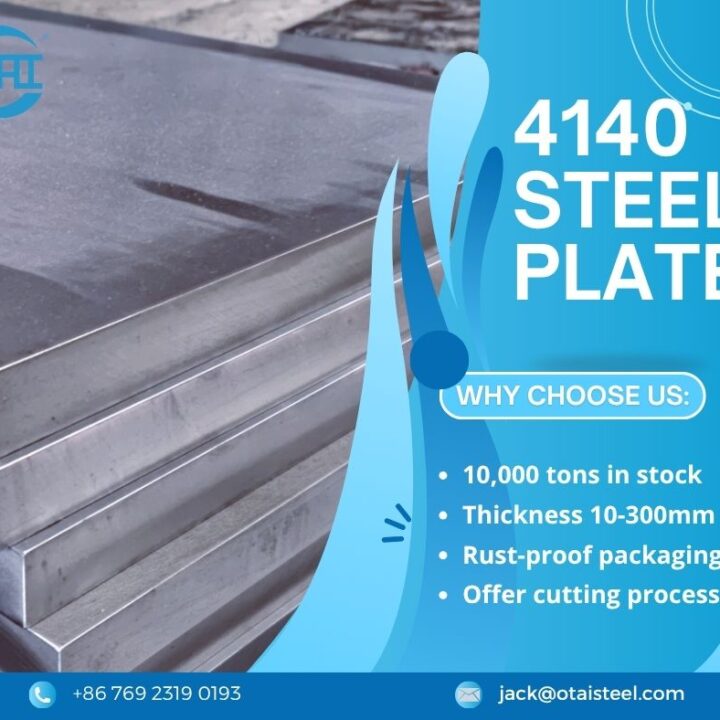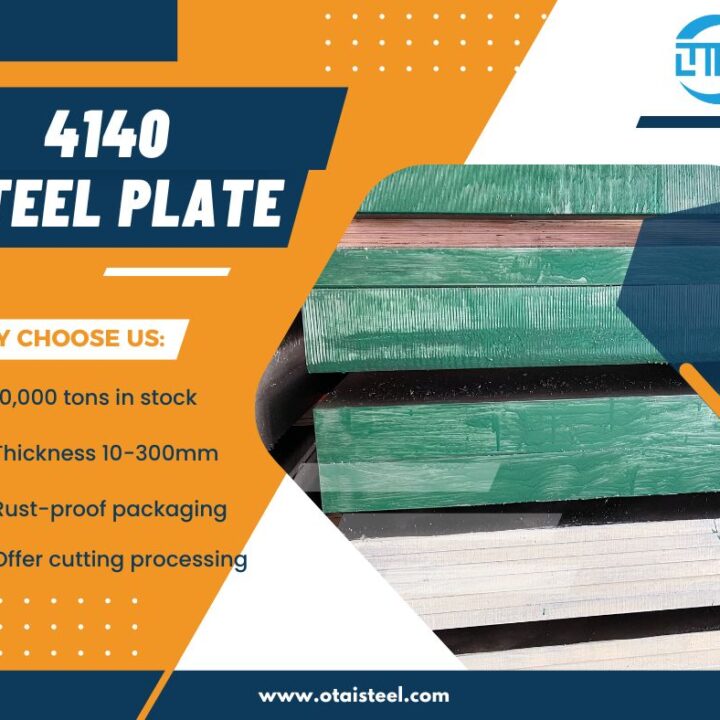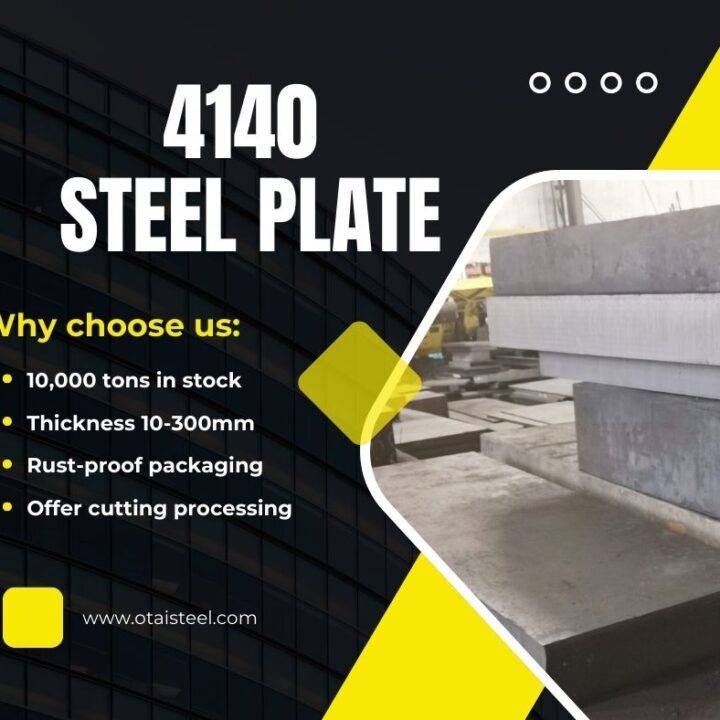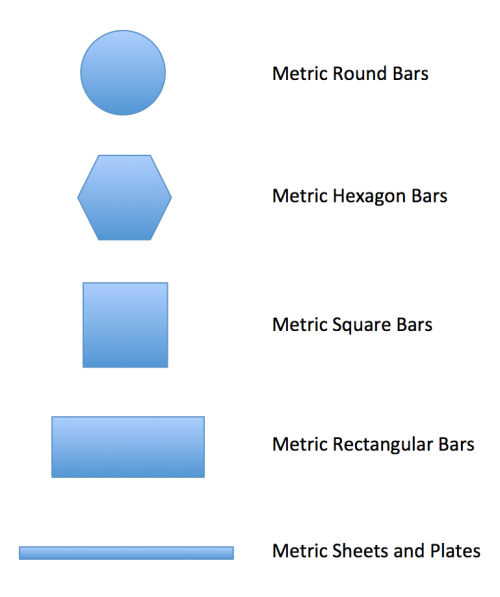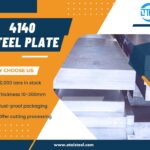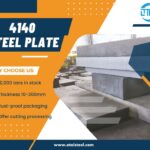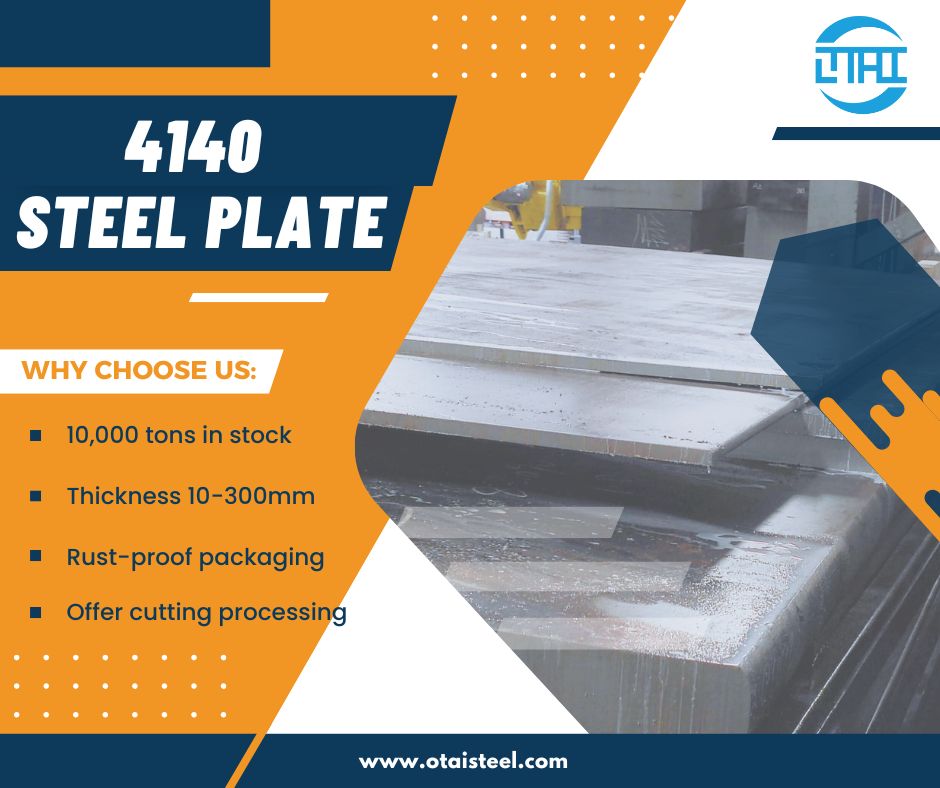 4140 Steel Corrosion: What You Need to Know to Protect Your Parts
4140 Steel Corrosion: What You Need to Know to Protect Your Parts
If you’re working with 4140 steel, you probably already love its strength and toughness. But here’s the kicker — like many alloy steels, 4140 steel corrosion can be a real challenge if you don’t know how to handle it. So, what exactly is the corrosion resistance of 4140 alloy, and how can you keep your components safe and long-lasting? Let’s dive in! 🌊
⚙️ What Is the Corrosion Behavior of 4140 Steel?
4140 is a chromium-molybdenum alloy steel prized for its mechanical properties, but it isn’t stainless. The corrosion behavior of 4140 steel in different environments varies widely depending on humidity, temperature, and exposure to chemicals.
-
In dry air or indoor environments, corrosion is usually slow and limited to surface rust.
-
In wet or salty conditions, such as marine or coastal areas, corrosion accelerates quickly.
-
Exposure to acids or alkaline chemicals can cause pitting or localized corrosion.
Understanding the 4140 steel oxidation process is key. When exposed to moisture and oxygen, the steel’s surface forms iron oxide—commonly called rust—that gradually eats away at the metal.
🛑 How Fast Does 4140 Steel Corrode?
The 4140 steel corrosion rate isn’t fixed. It depends on the environment and protective measures taken. In a humid outdoor environment, untreated 4140 steel can develop rust in just days or weeks.
For example:
| Environment | Estimated Corrosion Rate |
|---|---|
| Dry indoor | < 0.01 mm/year |
| Coastal (salt spray) | 0.05 – 0.2 mm/year |
| Industrial (acidic rain) | 0.1 – 0.3 mm/year |
Left unprotected, this corrosion weakens parts, causes surface roughness, and may affect the effects of corrosion on 4140 steel mechanical properties, including fatigue life and tensile strength.
🛡️ How to Prevent Corrosion on 4140 Steel
The good news? There are plenty of ways to boost the corrosion resistance of 4140 steel and keep your parts in top shape:
1. Surface Treatments
Applying a protective coating can drastically reduce corrosion:
-
Black oxide coating: Forms a thin, corrosion-resistant layer.
-
Phosphate coating: Offers rust resistance and better paint adhesion.
-
Nitriding: Hardens the surface and provides some corrosion protection.
-
Painting or powder coating: Creates a physical barrier against moisture.
2. Protective Oils and Greases
For parts stored or operating in humid conditions, regular application of oils or anti-rust greases can slow down oxidation.
3. Cathodic Protection
In highly corrosive environments, sacrificial anodes or impressed current systems can protect steel by redirecting corrosive reactions.
4. Material Selection and Design
Sometimes, selecting a stainless steel or adding protective design features like drainage holes can reduce corrosion risks.
🔬 Effects of Corrosion on 4140 Steel Mechanical Properties
Corrosion doesn’t just look bad — it can seriously compromise performance:
-
Loss of cross-sectional area: Rust eats into metal, reducing strength.
-
Surface pitting: Creates stress concentration points that lead to cracks.
-
Reduced fatigue life: Corrosion fatigue accelerates failure under cyclic loads.
-
Impact on hardness: Corrosion can affect the surface hardness, leading to wear issues.
Understanding these effects of corrosion on 4140 steel mechanical properties helps in planning maintenance and protective measures.
🌍 Real-World Applications: Corrosion Challenges and Solutions
-
Automotive shafts and gears: Often exposed to moisture and salts; black oxide and nitriding are common protections.
-
Oil & gas drilling equipment: Faces acidic and salty environments; heavy-duty coatings and cathodic protection are critical.
-
Heavy machinery parts: Stored outdoors, need regular rust prevention oils and protective paints.
💡 Summary: Best 4140 Steel Corrosion Protection Methods
| Method | Pros | Cons |
|---|---|---|
| Black Oxide Coating | Inexpensive, improves appearance | Limited protection in harsh environments |
| Phosphate Coating | Good base for paint | Needs top coating for full protection |
| Nitriding | Hard surface + corrosion resistance | Higher cost, complex process |
| Painting/Powder Coating | Excellent barrier | Requires proper surface prep |
| Oil/Grease Application | Easy, good for storage | Requires frequent reapplication |
| Cathodic Protection | Effective in harsh environments | Complex setup and maintenance |
🏭 Why Choose Otai Steel for Your 4140 Steel Needs?
At Otai Steel, we don’t just sell steel—we provide solutions. Here’s why customers trust us for 4140 steel corrosion protection and supply:
- Large inventory of 4140 steel with various surface finishes
- Expertise in custom heat treatments including nitriding and black oxide
- Quality assurance: full chemical and mechanical testing
- Tailored solutions for corrosion protection based on your environment
- Fast global delivery and excellent customer service
📧 Email: jack@otaisteel.com
📱 WhatsApp: +8676923190193
❓ FAQs – 4140 Steel Corrosion
Q1: Is 4140 alloy corrosion resistant?
A: It has moderate corrosion resistance but is not stainless steel. Protection is usually needed.
Q2: How can I protect 4140 steel from rust?
A: Use surface treatments like black oxide, painting, or nitriding, and apply oils in humid conditions.
Q3: Does corrosion affect 4140 steel strength?
A: Yes, rust reduces cross-sectional area and fatigue life, weakening the material.
Q4: Can heat treatment improve corrosion resistance?
A: Heat treatment mainly improves strength and hardness; nitriding adds surface corrosion resistance.
Q5: How fast does 4140 steel rust outdoors?
A: It varies, but without protection, rust can start in days in humid or coastal environments.
